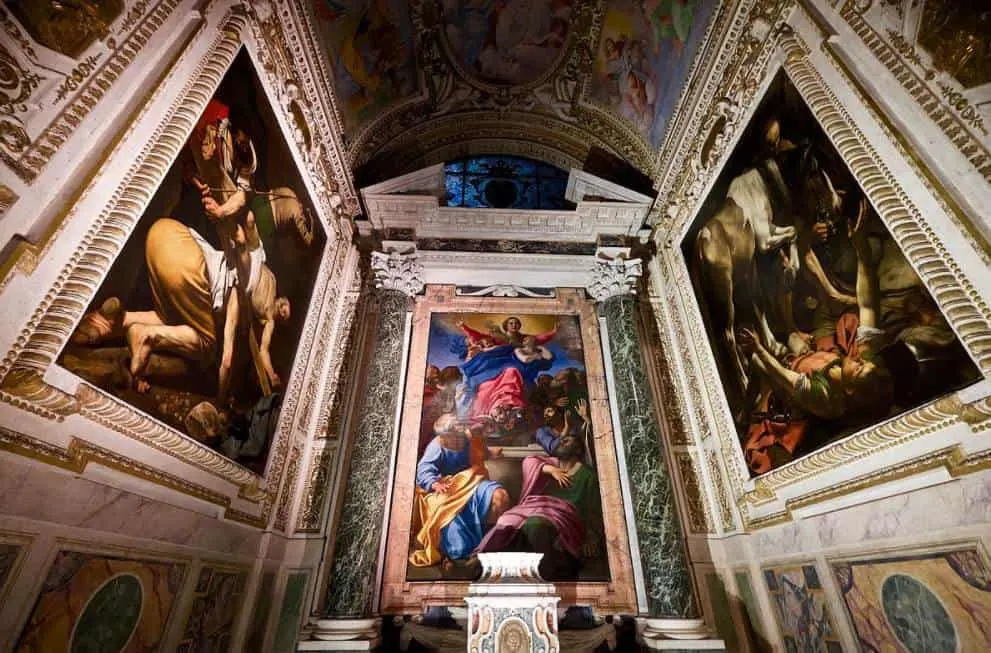Following in the footsteps of the greatest Renaissance artists in history wasn’t an easy thing to do.
The benefit of so many brilliant masters emerging at around the same time in the 15th and 16th centuries is that there were plenty of examples to follow.
One of the leading Baroque artists of his time took full advantage of this and incorporated multiple styles into his works. This resulted in a brand new art style that in turn inspired countless artists after him.
In this article, you’ll discover some of the most interesting facts about Annibale Carracci (1560-1609), an intriguing Italian artist of the late 16th and early 17th centuries.
1. He was born into an artistic family in Bologna
Annibale Carracci was born on November 3, 1560, in the Italian city of Bologna. This city is roughly situated between Florenc and Venice in the northern part of Italy.
Today, it’s the largest city in the country’s Emilia-Romagna region and has approximately 400,000 inhabitants within its city limits. This makes it the largest city in the region as well.
Little is known about the initial training of the young artist but it’s fair to assume that he was trained within his family. His brother Agostino and his cousin Ludovico Carracci were both painters as well.
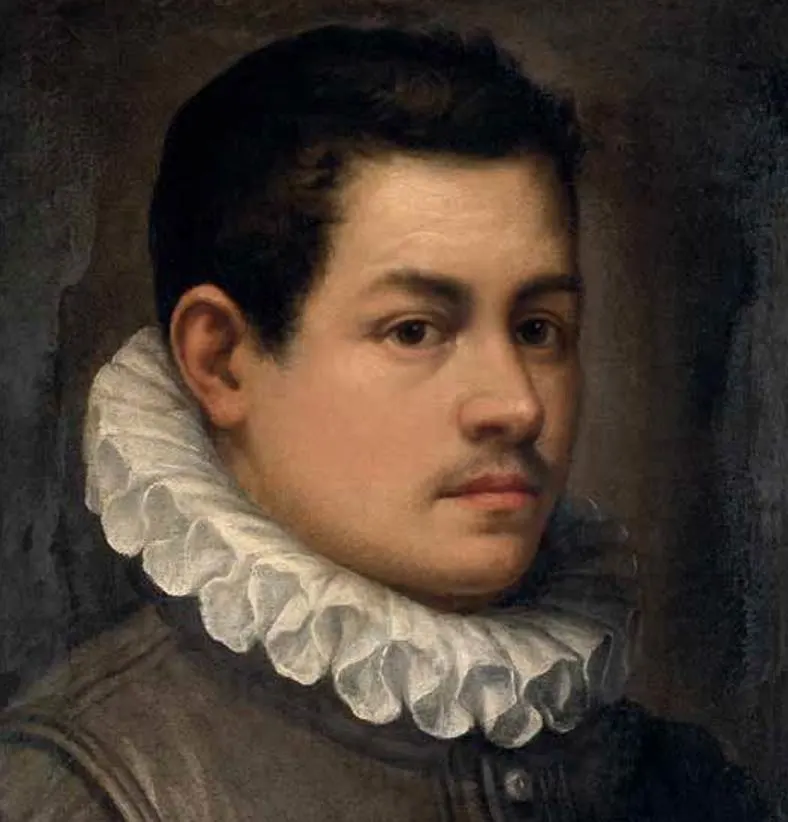
2. He co-founded one of the first art academies in Italy
The two brothers and their cousin weren’t only talented artists, they were also very ambitious. They opened an artist’s studio in their home city of Bologna in the year 1582.
This studio was initially called the “Accademia dei Desiderosi” or “Academy of the Ones Who Have Desire.” This name eventually changed to “Accademia degli Incamminati” or “Academy of the Ones who are Making Progress.”

What’s remarkable about this institution is that it was considered to be the first art school in Italy when it was established in the early 1580s. It would form the foundation of art academies that were established all across Europe in the next centuries.
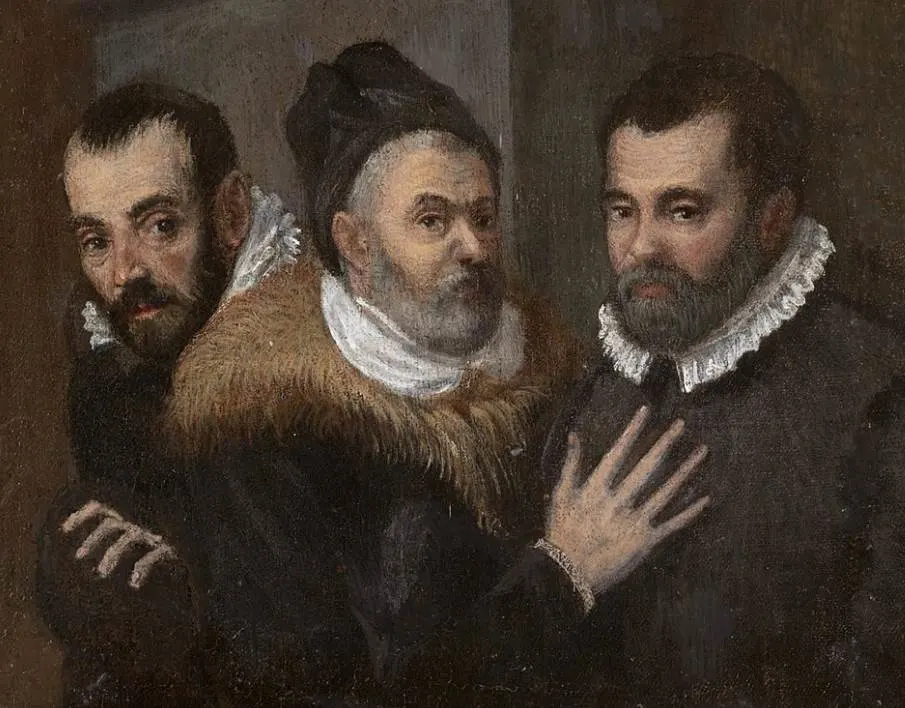
3. He was a pioneer of a particular Italian Baroque art school
The founders of the first art academy in Italy also founded a particular school of art called the “Bolognese School.” This is a movement that emerged from influences from both Renaissance and Mannerist artists of the 16th century.
The overall composition of the paintings of members of the Bolognese School closely resembles the Florentine influence. They were also influenced by the works of supreme colorists from Venice such as Titian and Veronese.
Annibale Carracci and his family members were pioneers of this eclectic form of painting that flourished in Bologna in the 16th and 17th centuries.

4. He produced his most famous works in a palace in Rome
Although the influences of the painters of the Bolognese School came from both Venice and Florence (Bologna lies in between these two cities), the style of the Bolognese School further developed in Rome.
As the founders of the art academy in Bologna, the Carracci’s earned a lot of commissions. They decorated famous palaces in their home city such as the Palazzo Fava and Palazzo Magnini and also painted altarpieces for churches such as the church of Santi Gregorio e Siro.
The long list of masterpieces produced by Annibale Carracci and his family members didn’t go unnoticed at the highest levels. He earned a recommendation from the Duke of Parma, Ranuccio I Farnese. He soon earned a job in Rome from Cardinal Odoardo Farnese.
His incredible “The Loves of the Gods” (1597–1608) is one of his ultimate masterpieces and decorates the Farnese Gallery at the Farnese Palace.
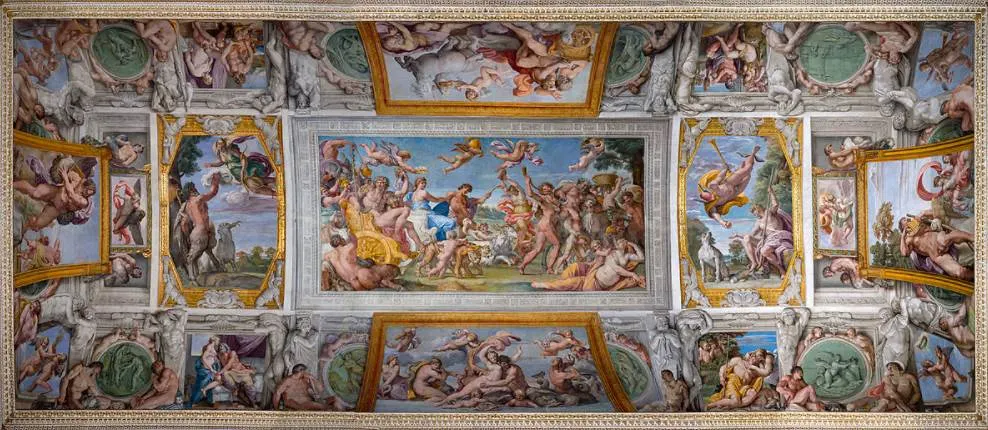
5. He was buried next to his idol in an ancient Roman building
The style of the works of Carracci resembles that of Raphael, the master of the High Renaissance. We know for sure that Annibale was one of his greatest admirers because of his final wish.
He died on July 15, 1609, at the age of 48, and only had one more wish. This wish was to be buried next to Raphael in the Pantheon in Rome. The unfortunate Raphael died at the age of just 38 at the height of his career while working in the city.
His wish was granted and he was buried inside this ancient structure in the vicinity of his idol. This notion emphasizes the high regard in which the co-founder of the Bolognese School was held at the time.
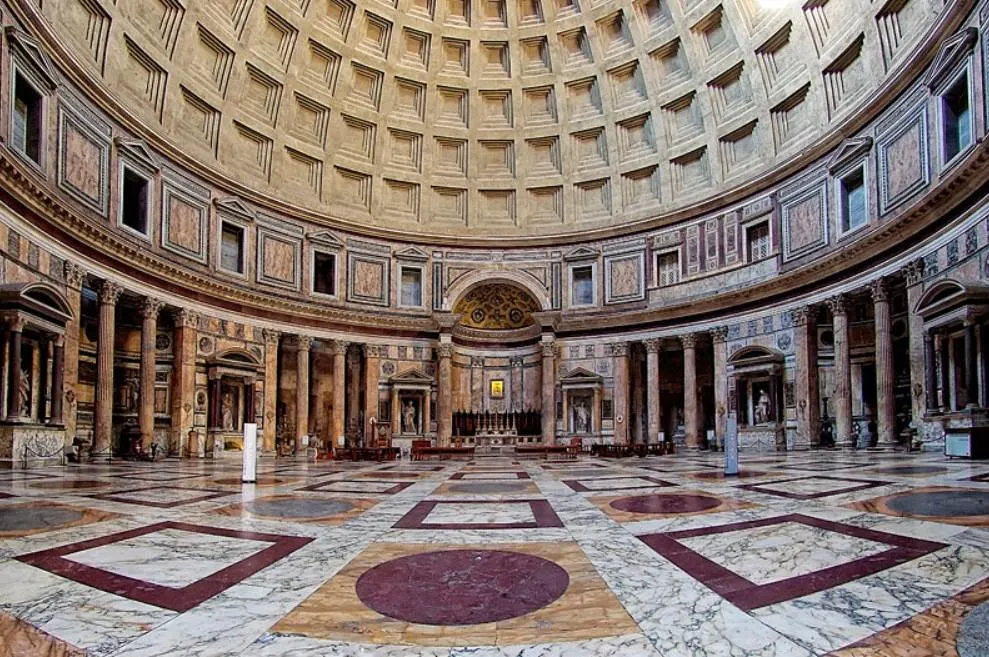
More interesting facts about Annibale Carracci
6. The two brothers Annibale and Agostino and their cousin Ludovico often worked together in the early years of their careers. Thye also merely signed many of their works with “Carracci,” making it nearly impossible to distinguish who painted what.
7. Annibale was considered to be the leading figure of the Accademia degli Incamminati. He’s considered to be the leader of the academy after its foundation because he had a strong personality.
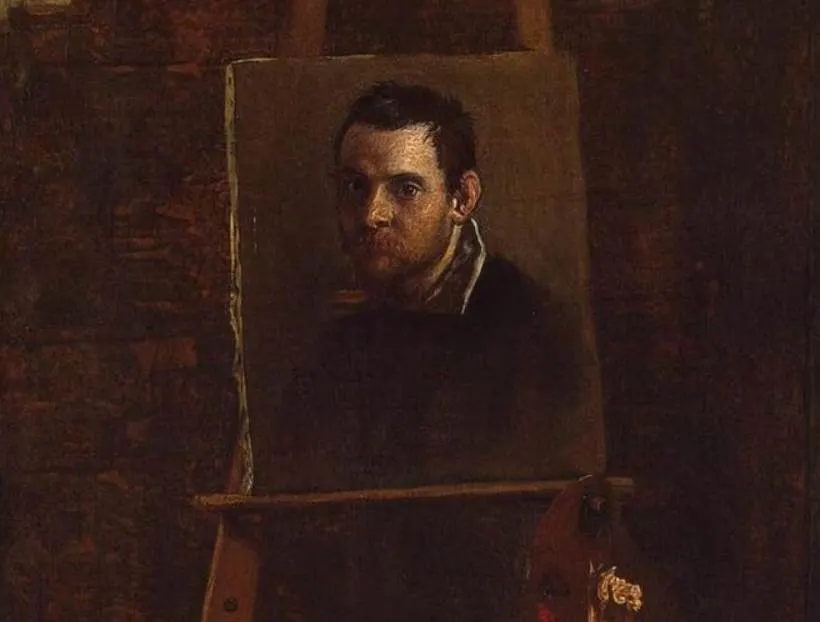
8. When Annibale Carracci moved to Rome, his paintings had a profound effect on art in the city. The Bolognese School which he founded is considered to have formed the bridge between Mannerism and Baroque. His frescoes were held in the same regard as Michelangelo’s work in the Sistine Chapel.
9. The artist produced hundreds of preparatory sketches for his Magnum Opus at the Palazzo Farnese called “The Loves of the Gods.” This work was greatly admired by the people of Rome and influenced countless artists in the 17th century.
Several of the most renowned artists in history, including Peter Paul Rubens (1577-1640), Gian Lorenzo Bernini (1598-1680), and even Nicolas Poussin (1594-1665), greatly admired his paintings.
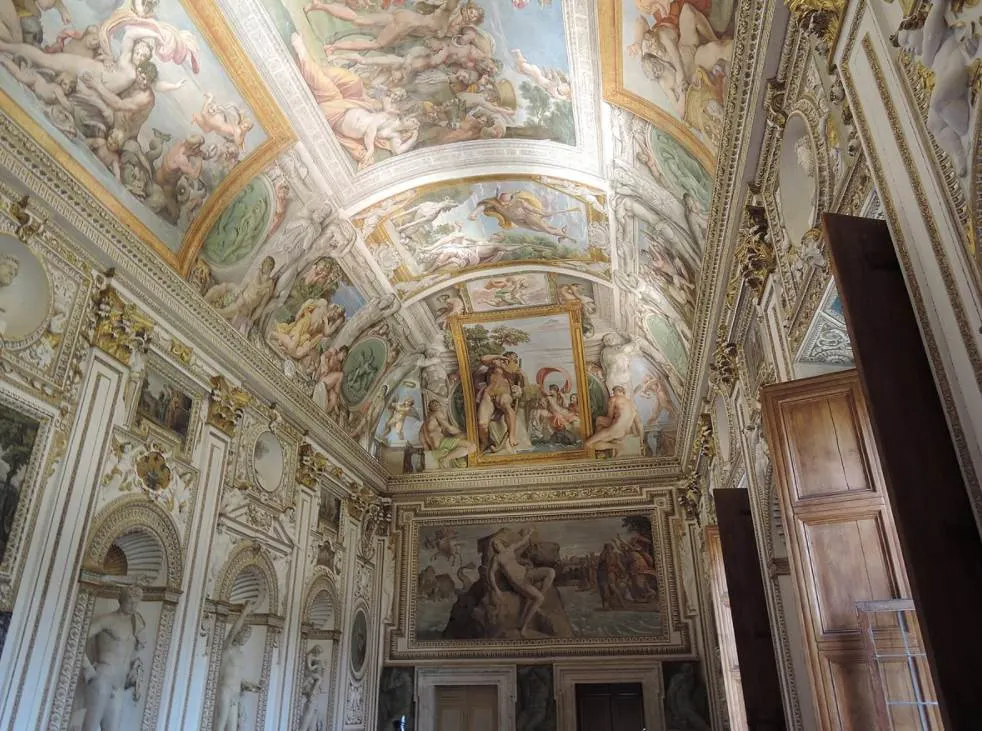
10. Annibale Carracci was a contemporary of Caravaggio (1571-1610), the troubled Baroque artist.
The contrast in style between the two is evident. While Caravaggio’s paintings heavily used chiaroscuro and look dark and gloomy, Carracci’s paintings are brightly colored.
Despite this clear contrast, both artists were appreciated in their own right and even sometimes earned commissions from the same patrons. You won’t find a better example of this contrast in style than at the Cerasi Chapel of the Basilica of Santa Maria del Popolo in Rome.
Here you can find the “Crucifixion of St. Peter” and the “Conversion of Saint Paul” by Caravaggio” (both in 1601) and the “Assumption of the Virgin” (1600–1601) by Carracci.
